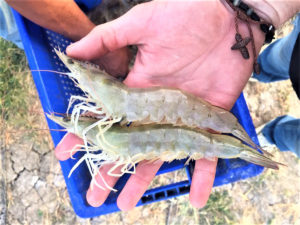
GOAL 2019: Global shrimp production review
Our production survey for global shrimp farming production showed signs of recent recovery, resulting in a CAGR of 2.2 percent for the period 2012 to 2017.
The Stones came to Florida without experience in clams and no ties to the fishing community. Their backgrounds in farming, however, are proving valuable.

Our production survey for global shrimp farming production showed signs of recent recovery, resulting in a CAGR of 2.2 percent for the period 2012 to 2017.
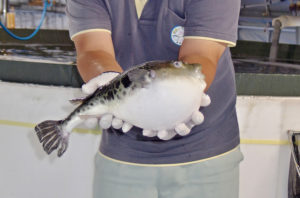
A technique to farm tiger puffers in hot spring water was invented to revitalize the town of Nasu-karasuyama and is now spreading to other areas of Japan.

The Global Aquaculture Alliance held its GOAL conference in Chennai, India, and recruited a host of experts in various fields to share their expertise.
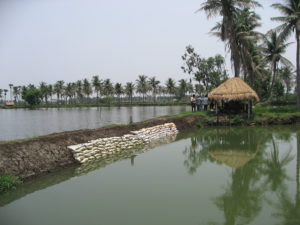
India is the second-largest producer of farmed freshwater fish with potential for further development as new species and production systems are adopted.
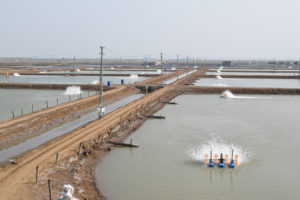
Long a global leader in farmed fish production, India has transitioned into an aquaculture powerhouse. Can its expanding shrimp sector keep the rapid pace?
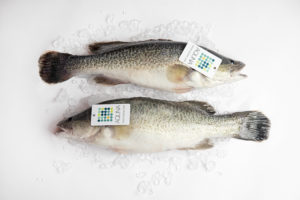
Though relatively new to the worldwide market, the perch species farmed by Aquna Sustainable Murray Cod in Australia is in high demand.
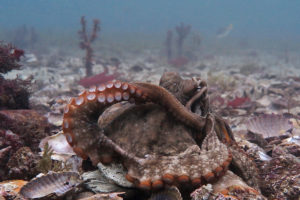
A team of scientists recently made the case against octopus farming, but others believe in its potential. What lies behind this emerging aquaculture opportunity?
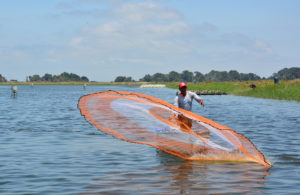
An expanding number of aquaculture producers are discovering that readily available technology can help them share their egg-to-plate journeys openly.
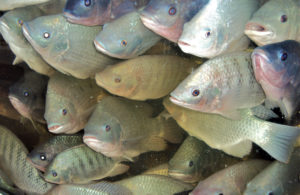
In part 2 of this study, a seven-week fish feeding trial was conducted to study the influence of organic versus inorganic dietary selenium on Nile tilapia.
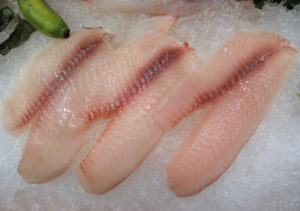
Part 1 of this study highlighted the importance of minerals in the diet of fish for meeting micronutrient requirements in the human diet.
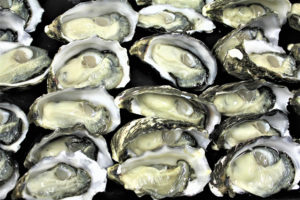
This study reports on the development of a mathematical model for the shellfish depuration process and its impact on norovirus levels found in shellfish.
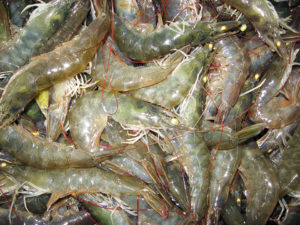
Media coverage fuels negative perceptions of farmed shrimp among Europeans. A paper – similar to one on pangasius consumption four years ago – finds the sector is doing too little to rectify ill-founded notions.
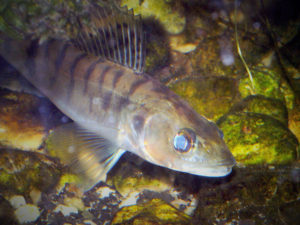
Southern Russia has potential to further develop aquaculture with new production technologies and new species like catfish, pike-perch, tilapia and sturgeon.
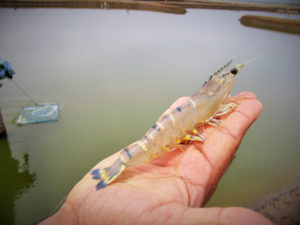
The Shrimp Forum returned to SENA with insights into innovations in production, the threat of antimicrobial resistance, a unified marketing approach and a forecast from India.
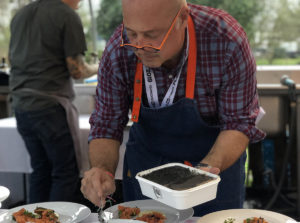
When the world-traveling chef, author and TV star Andrew Zimmern invites you to Austin, Texas, to join his “future of food” panel about aquaculture – at an event the locals simply call “South-by” – there is only one acceptable answer.